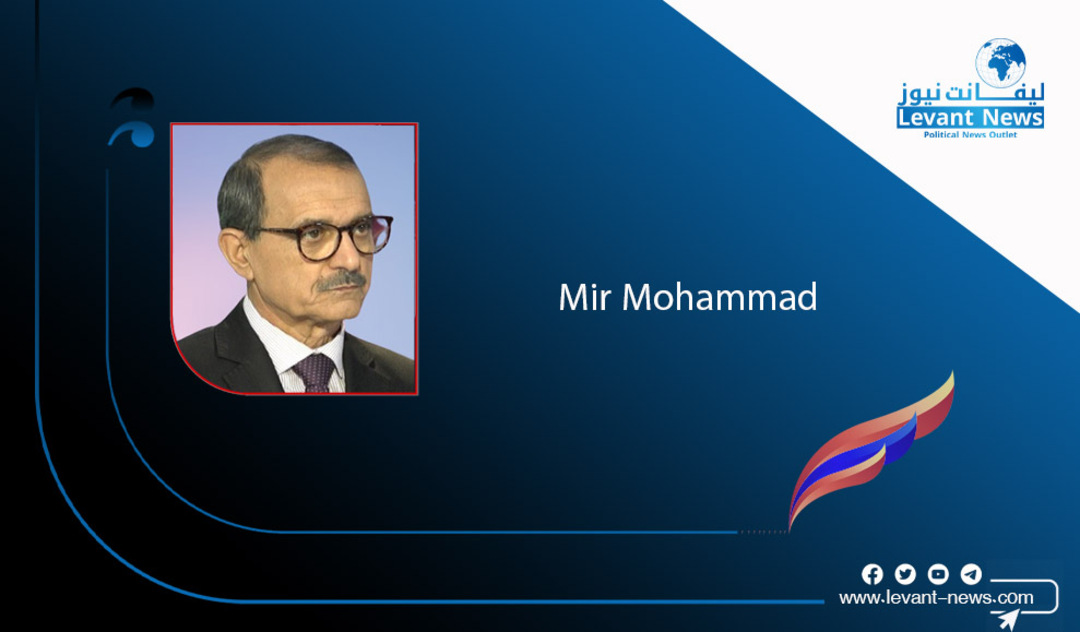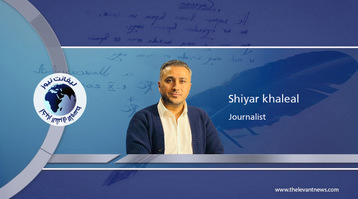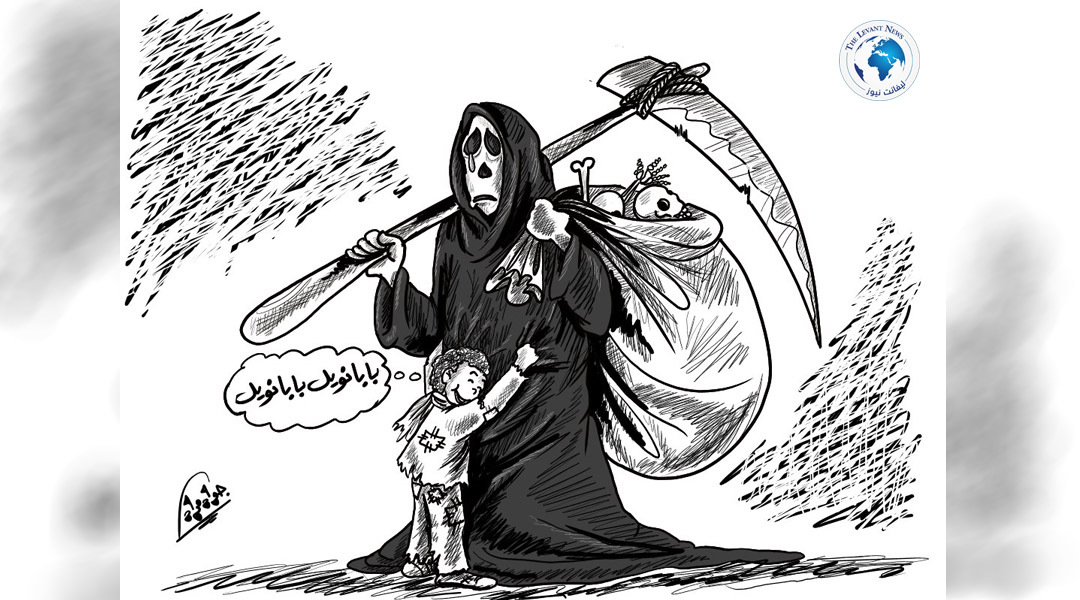-
Free Iran Conference 2025 in Rome: Demanding Justice for the 1988 Massacre

Mirmohammadie Regime
In the summer of 1988, the Iranian regime carried out a massacre that claimed the lives of 30,000 political prisoners within a few weeks. Today, the world recognizes this crime as the 1988 Massacre.
**A Coordinated Crime: Origins of the Massacre**
In July 1988, then-Supreme Leader Ruhollah Khomeini suddenly approved a ceasefire with Iraq. After his defeat in this decision—described by him as drinking “the poison cup”—his anger turned inward. Political prisoners, especially those affiliated with the Iranian Mujahideen (MEK), became the new targets. Khomeini issued a fatwa ordering the execution of all MEK members in prisons who remained loyal to their cause. Special courts—known as "Death Commissions"—were established across the country to quickly interrogate prisoners and decide their fate.
**Formation of the Death Teams in Tehran and the Provinces**
These extrajudicial committees consisted of judicial, intelligence, and religious officials. Notable among them were:
- Hussein Ali Nouri – Jurist and head of the Tehran Death Commission
- Ibrahim Raisi – Then Deputy Prosecutor of Tehran, later became head of the judiciary and system leader due to his criminal record serving the regime
- Mostafa Pourmohammadi – Ministry of Intelligence official who later justified the killings as carrying out "a divine command"
Pourmohammadi later stated: "We carried out God's order regarding the Mujahideen. We are at peace with our conscience."
These officials operated with terrifying efficiency, asking prisoners a single question: "Do you still support the Mujahideen?" A "yes" answer—or even silence—meant immediate execution.
**A Nationwide Purge**
The scope of the massacre was extensive and systematic. According to reports documented by opposition groups and sent to the United Nations:
- Over 30,000 political prisoners were executed between late July and September 1988.
- In just three days (August 14-16), 860 bodies were transferred from Evin Prison to Behesht Zahra Cemetery (south of Tehran).
- On August 6, 200 MEK prisoners on hunger strike at Evin Prison were executed.
- Entire prisons—including those in Juhardasht, Mashhad, Kermanshah, Shiraz, and Bandar Anzali—were emptied of political prisoners.
A internal report described how six cranes and three forklifts worked around the clock to carry out hangings in Juhardasht, with each crane handling multiple executions simultaneously.
The victims were not combatants but political prisoners, many of whom had already completed their sentences.
**Torture, Disappearances, and Evidence Destruction**
Reports gathered by survivors, whistleblowers, and resistance members reveal horrific details of torture and disappearances:
- Use of chemical gases to execute prisoners in some sites
- Burning of bodies to destroy evidence of beatings and sexual assaults
- Mass graves—often shallow and unmarked—in at least 21 cities
- Children born in prison after their mothers were tortured during pregnancy
One Stockholm witness explained: “They skinned us until our skin peeled… Some girls were raped before execution… We were all waiting for death.”
**International Recognition and Legal Framework**
The UN Special Rapporteur, Professor Reinaldo Gulindal Bohle, received comprehensive documents in 1989 that included over 1,100 confirmed victims’ names. His report stated: “Most victims were already serving or had completed their sentences. Executions took place without legal proceedings or defense.”
In a historic report published in 2024, UN Special Rapporteur Javid Rahman concluded that the 1988 massacre of thousands of political prisoners—most of whom were members of the MEK—constitutes genocide and crimes against humanity. The report called for establishing an international accountability mechanism to prosecute those responsible, representing the strongest legal condemnation yet from a UN expert of one of the regime’s most heinous crimes.
Under international law, the 1988 massacre is considered a crime against humanity because of:
- Systematic extermination of a political group
- Lack of legal procedures and immediate executions
- Widespread use of torture and sexual violence
Many UN General Assembly resolutions, European Parliament voices, and Amnesty International reports have condemned the massacre.
**The Movement for Justice: A Global Call**
Since 1988, an increasing coalition of families, survivors, and Iranian opposition groups—especially the National Council of Resistance of Iran (NCRI)—has maintained the pursuit of justice. Their activities include:
- Providing evidence and names of perpetrators to the UN and International Criminal Court
- Hosting “People’s Courts” in The
You May Also Like
Popular Posts
Caricature
opinion
Report
ads
Newsletter
Subscribe to our mailing list to get the new updates!




















